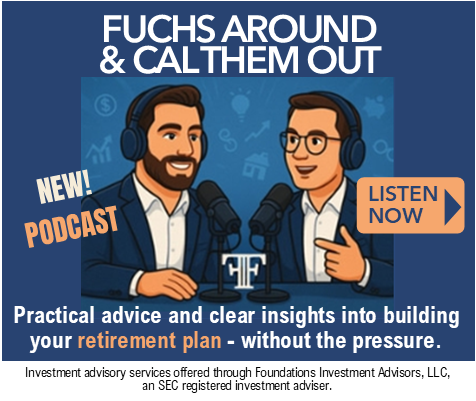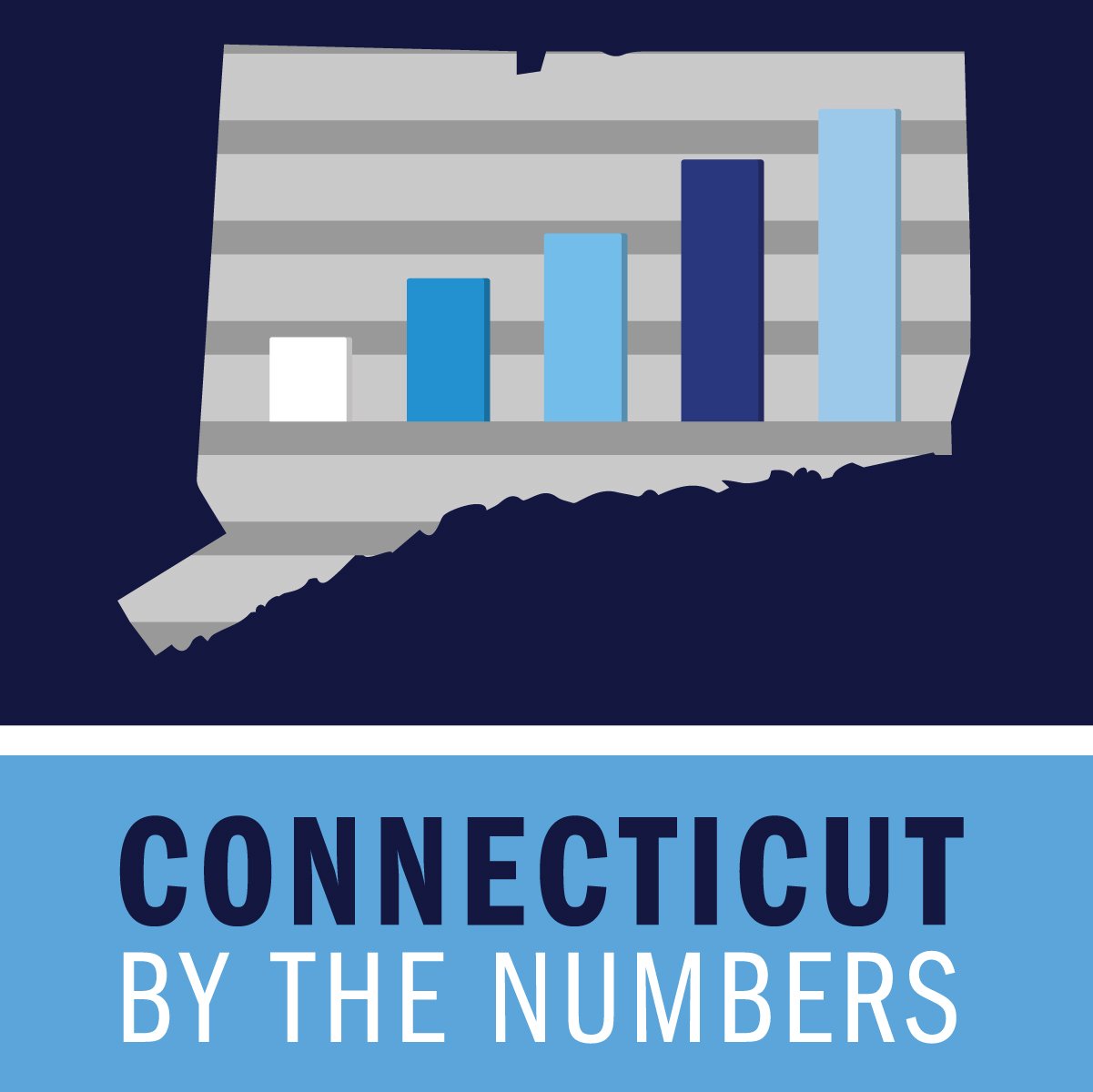Two companies with Connecticut addresses are among the 500 fastest growing private companies in America, cited in the annual survey published by Inc. magazine in their September edition. Saatva, which sells “America’s best priced luxury mattress” exclusively on-line, is ranked at #316 and Discover Video, a video hardware and software company that works across multiple industries, is ranked #428.
They were the only two companies to earn a slot in the top 500. An additional 38 Connecticut companies were listed on the Inc. 5000, also announced recently.
 Wallingford-based Discover Video provides software and hardware to corporations and educational institutions that seek to improve their communications through the use of video. The company ranks #428 on the Inc. 500, is ranked #5 among America’s fastest growing media companies, and #2 in Connecticut. The company has grown 893 percent in the last three years.
Wallingford-based Discover Video provides software and hardware to corporations and educational institutions that seek to improve their communications through the use of video. The company ranks #428 on the Inc. 500, is ranked #5 among America’s fastest growing media companies, and #2 in Connecticut. The company has grown 893 percent in the last three years.
“We are thrilled to be recognized” said Rich Mavrogeanes, Discover Video CEO. “We provide great products, love our customers, and have a fantastic team. Our customers take comfort in our financial stability and long term prospects, and this award certainly demonstrates that.”
Founded in 2009, Discover Video, LLC provides “powerful and affordable video streaming and digital media solutions to organizations of all sizes in three ways: Products, Services and Expertise,” according to the business website. Clients include the Emmy Awards, the National Association of Broadcasters and the White House, according to the company.
Ranked at #316 on the Inc. list, Saatva’s three year growth is 1,220.9 percent. The company constructs and sells luxury mattresses. The company’s administrative mailing address is Wright Street, in Westport; another administrative office is located in Austin, TX. The online Inc. summary indicates they are a Connecticut company; the magazine’s print edition lists the company as based in New York City, where back-office logistics emanate. The business has 18 factories around the country; the CEO is Ron Ruzdin.
The seven-year-old Saatva was named to Forbes Top 100 "America's Most Promising Companies" last year, and was ranked the 8th fastest growing e-tailer in the Top 500 Guide for 2015 by Internet Retailer. The company sells exclusively online and does not have showrooms. Saatva provides “nationwide in-home delivery and set-up,” and highlights it’s mattresses’ “individually wrapped coils, edge & lumbar support, steel coil support base, organic cotton cover, and euro pillow top with a memory foam enhancement in the lumbar area.”
 Also reaching the Inc. 5000 were Saffron Road Foods, a consumer products and services business (American Halal Company) based in Stamford, at #703; Votto Vines Importing, a food and beverage business in Hamden, at #786, and Continuity, a New Haven software company, at #955, launched in 2008.
Also reaching the Inc. 5000 were Saffron Road Foods, a consumer products and services business (American Halal Company) based in Stamford, at #703; Votto Vines Importing, a food and beverage business in Hamden, at #786, and Continuity, a New Haven software company, at #955, launched in 2008.
Saffron Road is the culmination of Founder and CEO Adnan Durrani’s life’s work. Right after the turn of the 2000 millennium, the natural food pioneer first envisioned a halal food brand which also embodied ethical consumerism: halal, sustainably farmed, authentic, anti-biotic free, and 100% vegetarian fed, all harvested on family-owned farms, the company’s website explains.
 Votto Vines is a family-operated business focusing primarily on the importation and wholesale distribution of fine wines produced by leading boutique vineyards around the world as well as high-profile private label and wine licensing transactions.
Votto Vines is a family-operated business focusing primarily on the importation and wholesale distribution of fine wines produced by leading boutique vineyards around the world as well as high-profile private label and wine licensing transactions.
Continuity provides a combination of technology, expertise and leadership “designed to make compliance a seamless part of how your institution does business,” providing compliance management solutions. By combining regulatory expertise and cloud technology, Continuity provides a proven way to reduce regulatory burden and mitigate compliance risk. In addition to its New Haven headquarters, th e company has an office in Boston.
e company has an office in Boston.
Connecticut-based fast growing businesses on the first-half of the list of 5,000 nationwide also include HPC Wireless Services (#1,033), InterMerchant Services (#1,392), Charles IT (#1,631), Northeast Private Client Group (#1,786),eEuroparts.com (#1,912), Clarity Software Solutions (#,2108), Johnson Brunetti (#2,380), Square 9 Softworks (#2,387), and DGDean (#2,436).
The full list of Connecticut companies is at http://www.inc.com/inc5000/list/2016/state/ct/

 ACM comprises one of the largest, most experienced concentrations of world-class aerospace companies, the world's AEROSPACE ALLEY! ® The organization points out that member firms grew up where aerospace was born. Today, precision components manufacturer in the state take to the skies every day, in every corner of the globe, as they have since the inception of powered flight.
ACM comprises one of the largest, most experienced concentrations of world-class aerospace companies, the world's AEROSPACE ALLEY! ® The organization points out that member firms grew up where aerospace was born. Today, precision components manufacturer in the state take to the skies every day, in every corner of the globe, as they have since the inception of powered flight.



 The STSI's 107 individual indicators are sorted into five composites: Research and Development Inputs, Risk Capital and Entrepreneurial Infrastructure, Human Capital Investment, Technology and Science Workforce, and Technology Concentration and Dynamism. The report indicated that "Connecticut showed major improvement in the Technology Concentration and Dynamism index, going from 21st to 10th. This dramatic rise marks one of the larger overall changes on this index. While modest increases were seen in the Research and Development Inputs index and Human Capital Investment index, these two indices have a much heavier focus on stock measures, and Connecticut’s aerospace and defense sectors help anchor the state’s performance in these areas."
The STSI's 107 individual indicators are sorted into five composites: Research and Development Inputs, Risk Capital and Entrepreneurial Infrastructure, Human Capital Investment, Technology and Science Workforce, and Technology Concentration and Dynamism. The report indicated that "Connecticut showed major improvement in the Technology Concentration and Dynamism index, going from 21st to 10th. This dramatic rise marks one of the larger overall changes on this index. While modest increases were seen in the Research and Development Inputs index and Human Capital Investment index, these two indices have a much heavier focus on stock measures, and Connecticut’s aerospace and defense sectors help anchor the state’s performance in these areas." In the Human Capital Investment composite index, Connecticut ranked third, as it did in 2014 and 2012, after ranking fifth in 2010. In Research & Development, Connecticut placed eighth, its second highest finish, after ranking tenth, seventh and seventh in previous indexes. Connecticut ranked 11th in Risk Capital and Entrepreneurial Infrastructure, up from 14th two years ago, but not as high as sixth place in 2012 and third in 2010.
In the Human Capital Investment composite index, Connecticut ranked third, as it did in 2014 and 2012, after ranking fifth in 2010. In Research & Development, Connecticut placed eighth, its second highest finish, after ranking tenth, seventh and seventh in previous indexes. Connecticut ranked 11th in Risk Capital and Entrepreneurial Infrastructure, up from 14th two years ago, but not as high as sixth place in 2012 and third in 2010.
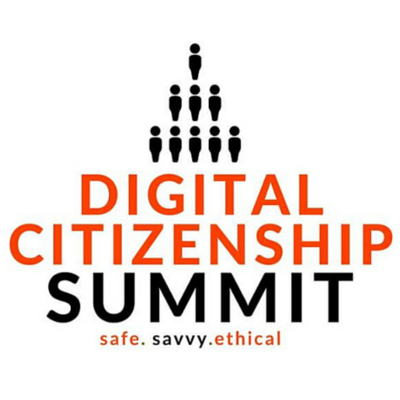
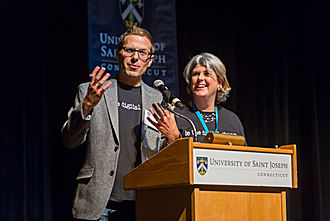 nship bloggers to follow in 2014 by Common Sense Media. Polgar, an attorney and college professor, is a frequent speaker (three-time TEDx) and tech commentator on television and in print, focusing on digital citizenship, creativity, cyber ethics, tech balance and humanizing the online experience.
nship bloggers to follow in 2014 by Common Sense Media. Polgar, an attorney and college professor, is a frequent speaker (three-time TEDx) and tech commentator on television and in print, focusing on digital citizenship, creativity, cyber ethics, tech balance and humanizing the online experience.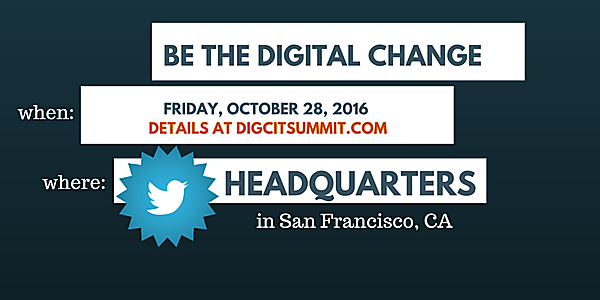 Joining internationally renowned
Joining internationally renowned 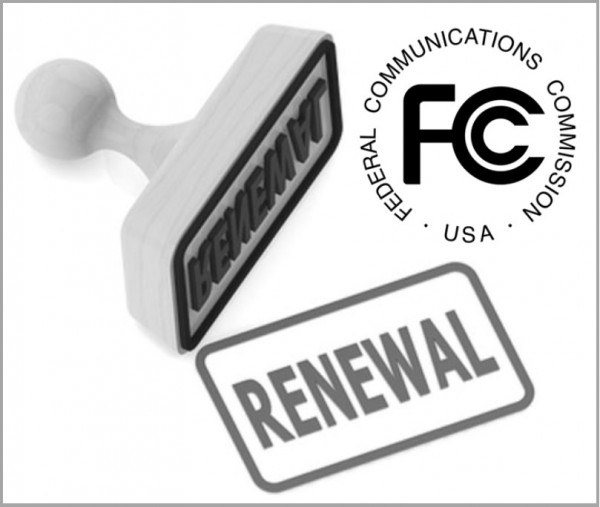
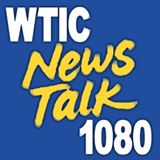
 FBI Special Agent Judy Eide, a 25-year veteran currently assigned to the Bureau’s New Haven Division Computer Crime squad and a coordinator of the Connecticut Chapter of InfraGard, will be one of the speakers. Also on the program is Mark Ramsey the Chief Information Security Officer for ASSA ABLOY – Americas and President of the Connecticut Chapter of InfraGard. Ramsey also teaches at Fairfield University, and previously held information security positions at Stanley Black & Decker and General Electric.
FBI Special Agent Judy Eide, a 25-year veteran currently assigned to the Bureau’s New Haven Division Computer Crime squad and a coordinator of the Connecticut Chapter of InfraGard, will be one of the speakers. Also on the program is Mark Ramsey the Chief Information Security Officer for ASSA ABLOY – Americas and President of the Connecticut Chapter of InfraGard. Ramsey also teaches at Fairfield University, and previously held information security positions at Stanley Black & Decker and General Electric.
 “We want this to be a must-attend event for anyone responsible for strategic technical decisions within their organization,” says Steven Bulmer, Walker’s vice president of professional services. “Tech Impact is really a self-defining event based upon the intense interest and demand from our clients, especially for information security services.”
“We want this to be a must-attend event for anyone responsible for strategic technical decisions within their organization,” says Steven Bulmer, Walker’s vice president of professional services. “Tech Impact is really a self-defining event based upon the intense interest and demand from our clients, especially for information security services.”
 The top 10 undergraduate schools to study game design were University of Utah (Salt Lake City, UT), University of Southern California (Los Angeles, CA), Rochester Institute of Technology (Rochester, NY), DigiPen Institute of Technology (Redmond, WA), Becker College (Worcester, MA), The Art Institute of Vancouver (Vancouver, British Columbia), Hampshire College (Amherst, MA), Michigan State University (East Lansing, MI), Drexel University (Philadelphia, PA) and New York University (Brooklyn, NY).
The top 10 undergraduate schools to study game design were University of Utah (Salt Lake City, UT), University of Southern California (Los Angeles, CA), Rochester Institute of Technology (Rochester, NY), DigiPen Institute of Technology (Redmond, WA), Becker College (Worcester, MA), The Art Institute of Vancouver (Vancouver, British Columbia), Hampshire College (Amherst, MA), Michigan State University (East Lansing, MI), Drexel University (Philadelphia, PA) and New York University (Brooklyn, NY). raduate schools to study game design were University of Utah (Salt Lake City, UT), University of Southern California (Los Angeles, CA), Rochester Institute of Technology (Rochester, NY), DigiPen Institute of Technology (Redmond, WA), Becker College (Worcester, MA), The Art Institute of Vancouver (Vancouver, British Columbia), Hampshire College (Amherst, MA), Michigan State University (East Lansing, MI), Drexel University (Philadelphia, PA) and New York University (Brooklyn, NY).
raduate schools to study game design were University of Utah (Salt Lake City, UT), University of Southern California (Los Angeles, CA), Rochester Institute of Technology (Rochester, NY), DigiPen Institute of Technology (Redmond, WA), Becker College (Worcester, MA), The Art Institute of Vancouver (Vancouver, British Columbia), Hampshire College (Amherst, MA), Michigan State University (East Lansing, MI), Drexel University (Philadelphia, PA) and New York University (Brooklyn, NY).
 Keynote speakers include Thomas W. Prete, Vice President of Engineering for Pratt & Whitney, Michael McQuade, Senior Vice President, Science and Technology, for United Technologies, Chris Van Buiten, Vice President of Sikorsky Innovations at Sikorsky Aircraft, and Peter Smith, Vice President, Engineering, at UTC Aerospace Systems.
Keynote speakers include Thomas W. Prete, Vice President of Engineering for Pratt & Whitney, Michael McQuade, Senior Vice President, Science and Technology, for United Technologies, Chris Van Buiten, Vice President of Sikorsky Innovations at Sikorsky Aircraft, and Peter Smith, Vice President, Engineering, at UTC Aerospace Systems.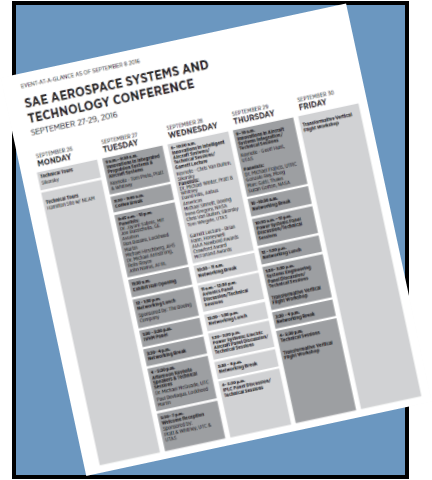
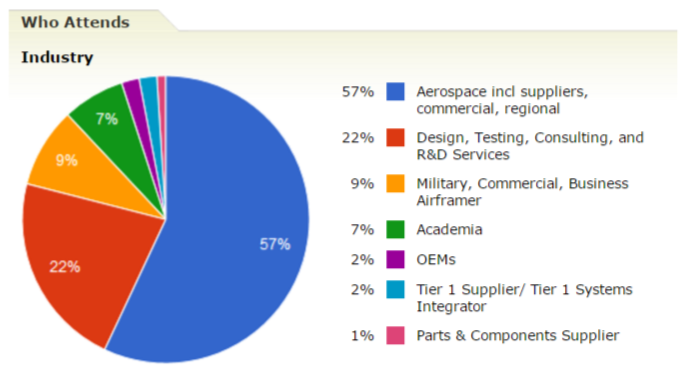

 As the state's principal educational technology advisor, the website explains, “the Commission works to ensure the effective and equitable use of resources, without duplication, and engender cooperation and collaboration in creating and maintaining technology-based tools for use by all the people of Connecticut.”
As the state's principal educational technology advisor, the website explains, “the Commission works to ensure the effective and equitable use of resources, without duplication, and engender cooperation and collaboration in creating and maintaining technology-based tools for use by all the people of Connecticut.” Wallingford-based
Wallingford-based 
 Also reaching the Inc. 5000 were
Also reaching the Inc. 5000 were  Votto Vines is a family-operated business focusing primarily on the importation and wholesale distribution of fine wines produced by leading boutique vineyards around the world as well as high-profile private label and wine licensing transactions.
Votto Vines is a family-operated business focusing primarily on the importation and wholesale distribution of fine wines produced by leading boutique vineyards around the world as well as high-profile private label and wine licensing transactions. e company has an office in Boston.
e company has an office in Boston.





